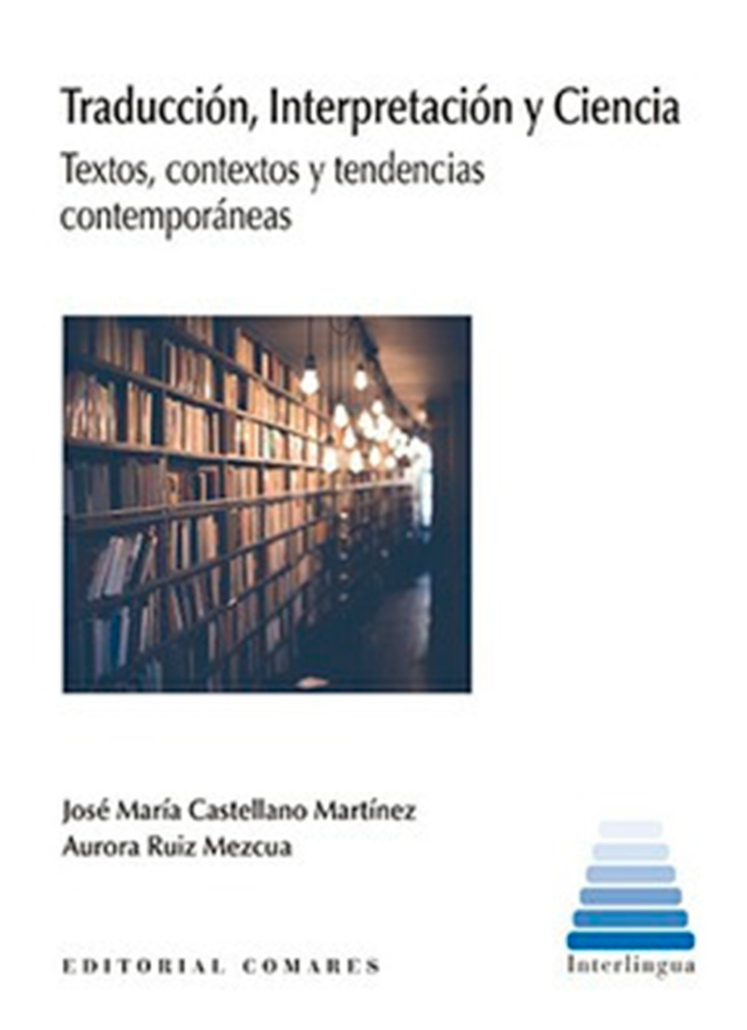Traducción, Interpretación y ciencia.
- AUTORES:
- PALABRAS CLAVE:
- ISBN:
-
BASE DE DATOS:
-
AÑO DE INDEXACIÓN:
- ÍNDICE DE IMPACTO:
- CATEGORIA:
- PUESTO EN LA CATEGORÍA:
- Nº TOTAL DE ELEMENTOS EN LA CATEGORIA:
- CUARTIL:
- Nº CITAS:
EDITORIAL:
Abstract
In this work, an omnidirectional sensor that enables identification of the direction of the celestial sphere with maximum solar irradiance is presented. The sensor, based on instantaneous measurements, functions as a position server for dual-axis solar trackers in photovoltaic plants. The proposed device has been developed with free software and hardware, which makes it a pioneering solution because it is open and accessible as well as capable of being improved by the scientific community, thereby contributing to the rapid advancement of technology. In addition, the device includes an algorithm developed ex professo that makes it possible to predetermine the regions of the celestial sphere for which, according to the geometric characteristics of the PV plant, there would be shading between the panels. In this way, solar trackers do not have to locate the Sun’s position at all times according to astronomical models, while taking into account factors such as shadows or cloudiness that also affect levels of incident irradiance on solar collectors. Therefore, with this device, it is possible to provide photovoltaic plants with dual-axis solar tracking with a low-cost device that helps to optimise the trajectory of the trackers and, consequently, their radiative capture and energy production.





